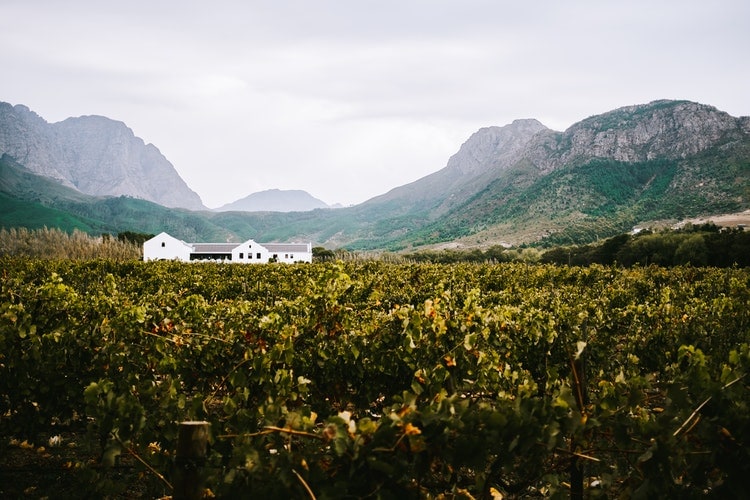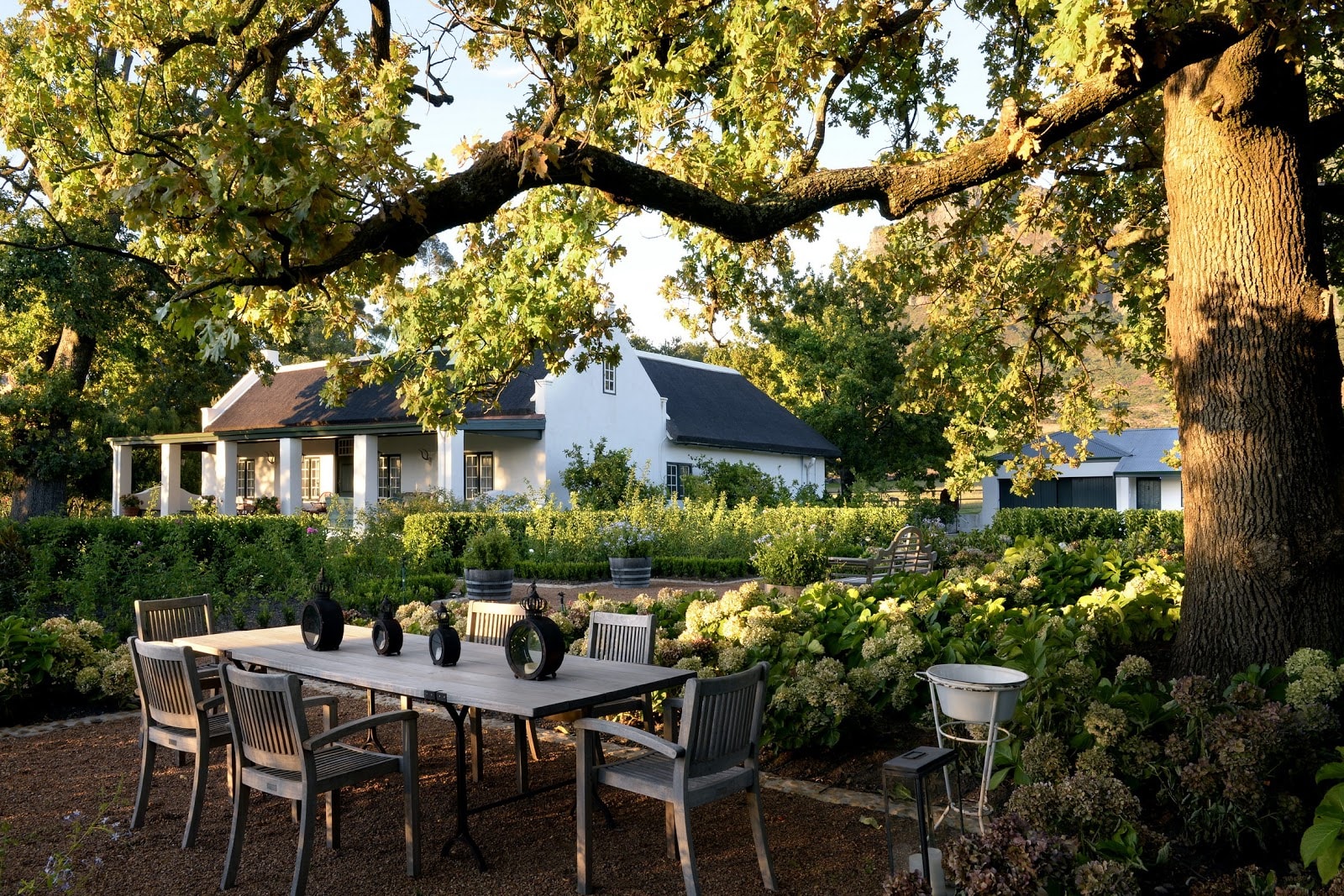As South Africa’s premier wine region, Stellenbosch offers world-class vineyards, charming Cape Dutch architecture, and a relaxed atmosphere in which to unwind. Explore the many different wine farms in this area to indulge in wine tastings (this region is known for Cabernet Sauvignon, Chenin Blanc, Chardonnay, Pinotage, and Shiraz) and delicious cuisine.
There are diverse ways to explore Stellenbosch, from segway tours through vineyards and helicopter rides to exploring markets, guided e-bike tours, and hot air ballooning.
Must-Visit Areas in Stellenbosch and the Winelands

With hundreds of wine estates, award-winning restaurants, as well as museums and art galleries, one trip is simply not enough to discover all that this region has to offer:
Stellenbosch Town: Picturesque Wine Stop
This charming town delights visitors with its oak tree-lined streets, quaint cafés, and art galleries.
Stellenbosch is the second oldest town in South Africa; you can get better acquainted with its history by visiting the Stellenbosch Village Museum. A quirkier museum that will spark nostalgia is the Toy and Miniature Museum.
There are over 150 wine farms in Stellenbosch to explore! Many also feature fine dining restaurants and unique activities, so you’ll definitely want to stay for more than just a wine tasting.
Franschhoek Valley: French-Inspired Flair
For a food and wine holiday in South Africa, there is no better place to go than Franschhoek, a place heavily influenced by French culture.
Many of South Africa’s top restaurants are here, including La Petite Colombe, Le Coin Français, and Orangerie Restaurant.
A fantastic way to visit the wine farms in Franschhoek is via the wine tram. Choose which line most appeals to you, then hop on and hop off at the different wine farms on the route.
Wine Estates: Tastings, Art Galleries, and More
With so many incredible wine farms in the region, it’ll be difficult to narrow down your itinerary!
After wine tasting at Boschendal, have a picnic in their stunning gardens. Horse riding is also on offer here, as well as garden tours, and there’s an art gallery on site.
Explore the incredible art collection at Spier. This wine farm also enchants with beautiful Cape Dutch buildings and picnics under oak trees.
When’s the Best Time to Visit Stellenbosch?

The summer season is the best time to take a trip to the winelands.
From November to April, you’ll enjoy warm weather (around 27 degrees Celsius or 70 degrees Fahrenheit), and the holiday season is in full swing with vibrant events and activities.
Wildlife Found in Stellenbosch

Stellenbosch isn’t a wildlife destination, so don’t expect any game viewing here. However, the region includes stunning natural landscapes that are home to beautiful flora and birdlife.
How to Get to Stellenbosch
Cape Town International Airport is the main gateway to Cape Town. After landing, it’s just a 40-minute drive to Stellenbosch via hotel transfer.